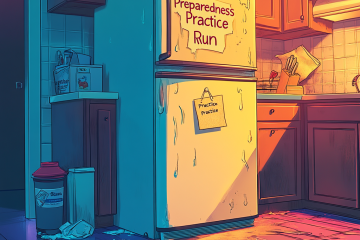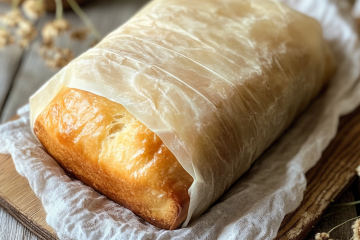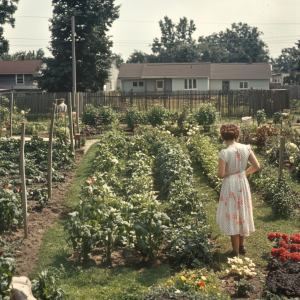
If only victory gardens could make a comeback
In the annals of wartime history, there’s a chapter often overshadowed by tales of battlefield heroics and political maneuvering. It’s the story of millions of ordinary citizens who took up arms not with guns, but with gardening tools. During World Wars I and II, a remarkable grassroots movement took root across the United States, Great Britain, Canada, and Australia: Victory Gardens.
These humble plots of land, carved out of backyards, vacant lots, and even public parks, played a crucial role in supplementing civilian food supplies during wartime. But their impact went far beyond mere sustenance. Victory Gardens became a symbol of patriotism, a source of community pride, and a powerful morale booster for those on the home front.
The concept of Victory Gardens, also known as “war gardens” or “food gardens for defense,” was first introduced during World War I. However, it was during World War II that this movement reached its zenith. The primary goal was straightforward yet vital: to reduce pressure on the public food supply brought on by the war effort. By encouraging citizens to grow their own fruits and vegetables, governments could ensure more of the commercial harvest was available to feed troops and allies.
The scale of the Victory Garden movement was nothing short of impressive. In the United States alone, an estimated 20 million Victory Gardens were planted during World War II. These gardens weren’t just a drop in the bucket – they produced up to 40% of all vegetables consumed in the country during the war years. In 1943, at the height of the movement, American Victory Gardens yielded an estimated 10 million tons of food. That’s equivalent to all the commercial production of fresh vegetables that year. It’s amazing what good Americans can do when they want to, right? Two-thirds of the gardens were in towns, cities, and suburban areas. Hmm… we’re not so helpless as we think in these areas apparently.
But Victory Gardens served purposes far beyond mere food production. They provided a tangible way for civilians to contribute to the war effort, fostering a sense of patriotism and community. The act of planting, tending, and harvesting became a form of civic duty, allowing those at home to feel connected to the larger struggle. (Don’t you wish we had the same undercurrent of feelings today rather than looking at those who garden as peculiar people?)
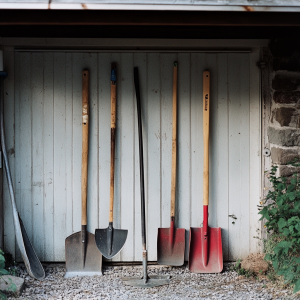 Moreover, the Victory Garden movement promoted nutrition education and taught valuable skills in food production and preservation. It was a nationwide crash course in self-sufficiency with lasting impacts on agricultural knowledge and practices. The gardens also played a role in resource conservation. Home-grown produce reduced the need for commercial canning, transportation, and refrigeration, saving vital resources for the war effort.
Moreover, the Victory Garden movement promoted nutrition education and taught valuable skills in food production and preservation. It was a nationwide crash course in self-sufficiency with lasting impacts on agricultural knowledge and practices. The gardens also played a role in resource conservation. Home-grown produce reduced the need for commercial canning, transportation, and refrigeration, saving vital resources for the war effort.
Governments actively promoted Victory Gardens through various means. Informational pamphlets and posters were widely distributed, radio shows and newspaper columns offered gardening advice, and school curricula incorporated gardening lessons. Public spaces like parks and vacant lots were converted into community gardens, further emphasizing the collective nature of the effort. Can you imagine such support today?!
The legacy of the Victory Garden movement extends far beyond the war years. It demonstrated the immense potential of urban and suburban food production, fostered a generation of gardeners, and heightened interest in self-sufficiency. The concept has seen revivals during subsequent times of crisis, including most recently during the COVID-19 pandemic.
Today, the principles behind Victory Gardens remain as relevant as ever. Home gardens can supplement food supplies during supply chain disruptions in an era of increasing concern over food security. Gardening offers both physical activity and access to fresh, nutritious produce, addressing modern health concerns. It puts control back in our hands where the contents of our food are concerned. Community gardens can strengthen local ties and food systems, building resilience at a neighborhood level.
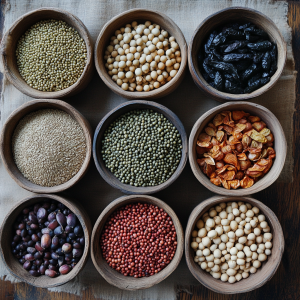
Heirloom seeds should be a part of every preppers supplies.
The Victory Garden movement serves as a powerful reminder of how individual actions, when taken collectively, can have a significant impact during times of national or global crisis. It offers valuable lessons in resilience, self-sufficiency, and community cooperation that remain deeply applicable in our modern world.
As we face contemporary challenges like food insecurity, escalating prices, and public health crises, perhaps it’s time to revisit the Victory Garden concept. By sowing seeds in our backyards and community spaces, we might just cultivate the resilience and community spirit needed to face the uncertainties of our own era.
